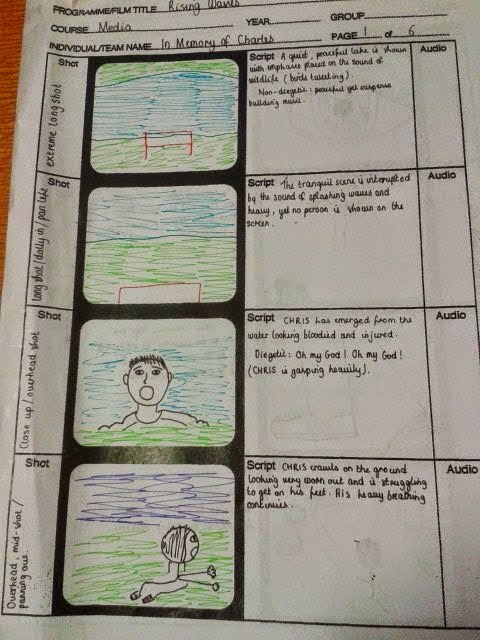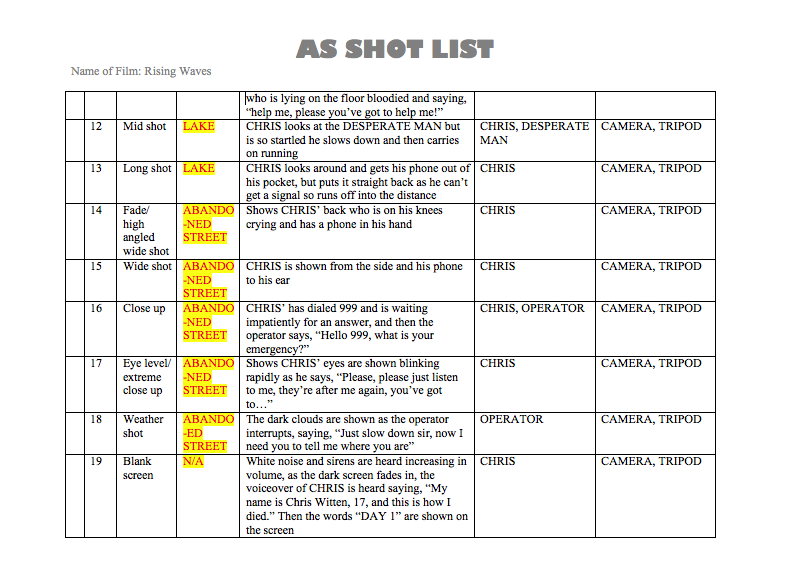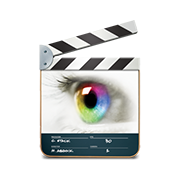What brief were you working to?
Our preliminary task involved filming two characters having a conversation, this began with one character sat in a room and the other walking inside the room, then sits down and has a conversation.
This meant that we had to cover the basics of filming such as; shot-reverse-shots, match on action, continuity and keeping to the 180 degree rule. This had to be then edited using Final Cut Express which helped us gain some experience before hand of our film.
Our preliminary task
Having learnt the four main rules to filming we ensured that we presented this through our preliminary video, this was so that we could show that we have understood and able to produce a film successfully. During filming we were all comfortable and successful with applying the 180 degree rule because we pictured a line across the centre of the chairs which helped us to stay within the boundaries. However, we had experienced slight difficulties during the filming process with match on action as our shots didnt seem to be continuous. The changes we made to improve this was adopting the method of freezing between shots so that they were continuous. This had improved our skills and knowledge as we knew how to work through difficult situations.
How did you use what you learned in the preliminary task in the 2 minute film?
Shot-reverse-shot: We used a shot-reverse-shot in our 2 minute film when a conersation merged between 'Chris' and the desperate, injured man. This method was used in order to achieve a more tense scene which is typical of our genre, over-the-shoulder shots were used to portray this.
Continuity: All three scenes in our film were continous shots which helped add to the effect of realism. However, we did break contuinity in our film and this was to show the difference in time by adding a jump cut. This was when Chris is taken back to the beginning to show the audience what happened to him and what lead to his death.
Match-On-Action: We had become moderately confident with doing this shot after having done this successfully in our preliminary task. We made good use of this in our full film where Chris runs through a fence, the match on action shot we produced made the overall output look professional whcih boosted our confidence in being able to do this.
180 Degree rule: During filming we made an imaginery line accross the centre of Chris's view so that we could stay within bounds of the 180-degree line. If we hadn’t done this and we went over the angle, the film itself would not flow continuity and would not be edited coordinately. I also believe that if we had not trained these shots in the preliminary exercise, it would have been challenging to understand and shooting our 2-minute film wouldn't have been as successful and produced the film to a high standard.
What have i got better at?
The preliminary task itself gave us the opportunity to understand the basics of how to use the camera and the range of shots to create a continuity overall in the video. By experimenting these rules, we gathered our own weaknesses and strengths and depending on those we decided to focus on our weaknesses, and that’s the main reason why now we all individually feel like we can use a camera without any difficulty, use variety of shots to create a meaning in a video/film, use editing on final cut express to create continuity overall for the film, and in general be familiar with all the things we have used throughout this process.
We faced many challenges during our filming, such as deciding whether our 2 minute film should be a linear narrative or not, this was dependant on the way we also shot our film so was quite tricky until we made a clear and final decision. I now feel a lot more confident with using a camera to film things around me by using different techniques and methods in order to create a story. I could also use final cut express fluently to edit videos and create a film, as I originally didn’t have much knowledge about editing before the filming process.









.jpeg)




.jpg)










